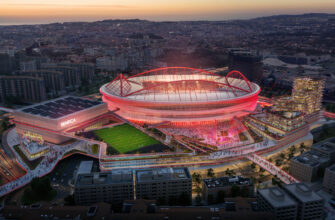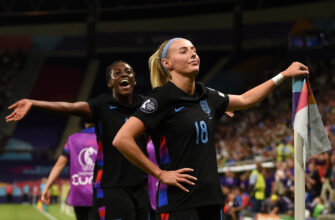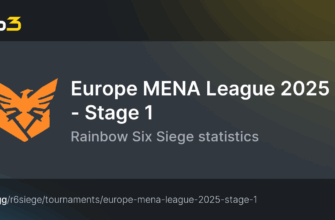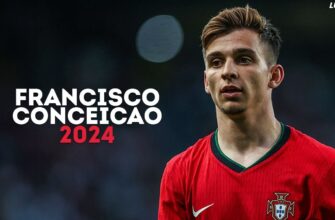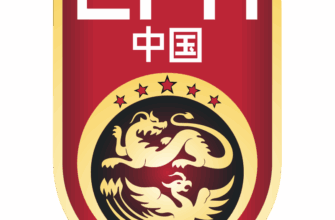As the football world gradually awakens from its brief summer slumber, the pre-season circuit serves as a critical proving ground, a crucible where ambitions are forged and new identities begin to take shape. This season, an early highlight saw two European heavyweights, Arsenal and AC Milan, converge in Singapore’s National Stadium for a friendly that, while not carrying competitive points, spoke volumes about their respective strategic overhauls and aspirations.
Arsenal`s Aggressive Evolution: Depth, Quality, and Title Intentions
For Arsenal, the summer transfer window has been nothing short of a statement. Under the meticulous guidance of Mikel Arteta, the Gunners have embarked on an aggressive recruitment drive, seemingly leaving no stone unturned in their quest to bridge the gap to the Premier League summit. The arrivals of talents like Kepa Arrizabalaga to bolster the goalkeeping ranks, and the midfield duo of Martin Zubimendi and Christian Norgaard, signal a comprehensive strengthening of the defensive midfield, an area previously navigated by veterans Jorginho and Thomas Partey.
The spending didn`t stop there. Young defensive prospect Cristhian Mosquera joined for a significant fee, quickly followed by the headline-grabbing acquisition of winger Noni Madueke from Chelsea for a reported $70 million. These moves are not merely about adding numbers; they’re a clear indication of Arsenal’s intent to cultivate a squad brimming with both immediate impact and future potential. All eyes, it seems, now eagerly anticipate the potential arrival of Sporting CP’s prolific striker, Viktor Gyokeres, a move that would undoubtedly send a tremor through Europe.
Despite this impressive influx of talent, Arteta maintains a pragmatic view. Addressing the media ahead of the Singapore fixture, he candidly admitted, “In terms of numbers, we are short, and we have to improve the depth and the quality of the squad.” It`s a classic managerial dilemma: the more you acquire, the more you realize the vastness of the talent pool you still need to compete at the very highest level. Yet, his satisfaction with the club`s support and the progress seen in early training sessions underscores a belief that Arsenal is indeed “going all in” for the coming season, with an eye firmly on securing a long-awaited trophy.
AC Milan`s Re-calibration: Allegri`s Return and the Champions League Imperative
Across the pitch, AC Milan finds itself in an equally pivotal period of transition. The Rossoneri have opted for a familiar face to steer their ship: Massimiliano Allegri, returning to the managerial helm after a hiatus and replacing Sergio Conceicao. Allegri’s re-appointment signals a desire for stability and a clear focus on restoring Milan`s European pedigree.
Milan`s transfer strategy, while perhaps less ostentatious than Arsenal`s, is no less significant. The acquisitions of Samuele Ricci from Torino and, notably, the veteran maestro Luka Modric as a free agent, are calculated moves to inject fresh talent and invaluable experience into the squad. Modric’s arrival, anticipated in August, is particularly intriguing – a testament to Milan’s allure and a clear statement of intent regarding their midfield quality.
However, Milan has also navigated significant departures. The sales of Tijjani Reijnders to Manchester City and Theo Hernandez to Al-Hilal, alongside the conclusion of loan spells for players like Joao Felix, Kyle Walker, and Tammy Abraham, necessitate a thoughtful rebuilding phase. Allegri’s primary objective for the season is unambiguous: “The main aim is to get back into the Champions League.” It’s a goal that reflects the club’s historical stature and economic imperative. His confidence in the club’s work in the transfer market, even amidst challenging sales, hints at a deeper, more strategic approach to squad construction designed for sustained competitiveness.
The Singapore Showdown: A Glimpse into the Future
The friendly in Singapore was more than just a pre-season run-out; it was a fascinating early test of new systems, new personnel, and burgeoning team chemistries. For Arsenal, it was an opportunity to integrate their significant new signings and to see how Arteta’s evolving tactical schemes fare against top-tier European opposition. For AC Milan, it provided an initial look at how Allegri plans to reshape the team, how key new arrivals like Modric and Ricci will fit, and how the squad will respond after a relatively disappointing previous campaign.
Pre-season results are often misleading, a truth universally acknowledged but frequently ignored by eager fans. Yet, these early encounters offer invaluable insights into fitness levels, tactical flexibility, and the general mood within the camp. They are a necessary calibration before the intensity of competitive football truly begins. As both Arsenal and AC Milan continue their summer journeys, this early encounter in Singapore serves as a powerful reminder: the foundations for success are laid long before the first whistle of the new season, in the strategic battles of the transfer market and the rigorous demands of pre-season training.

